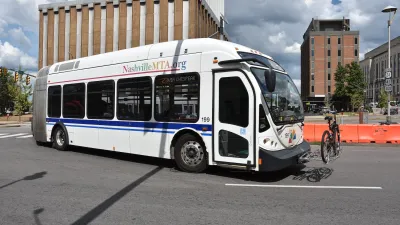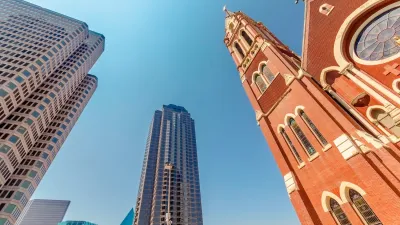Yesterday’s Washington Post contained a list of elite public schools- schools where the average student SAT is over 1300. Since suburban schools generally have better reputations than urban schools, one might expect that all the schools on the list would be in prestigious suburban school districts. But in fact, this is not the case. Three New York City schools (Stuyvestant, Hunter College, Bronx High) and one school near downtown Richmond (Maggie Walker) are on the high-SAT list- despite the fact that the New York City and Richmond school districts, like nearly all urban school districts, have mediocre reputations.
Yesterday's Washington Post contained a list of elite public schools- schools where the average student SAT is over 1300. Since suburban schools generally have better reputations than urban schools, one might expect that all the schools on the list would be in prestigious suburban school districts. But in fact, this is not the case. Three New York City schools (Stuyvestant, Hunter College, Bronx High) and one school near downtown Richmond (Maggie Walker) are on the high-SAT list- despite the fact that the New York City and Richmond school districts, like nearly all urban school districts, have mediocre reputations.
What do these schools have in common? All of them are selective "exam schools" rather than typical public neighborhood schools. While most neighborhood schools must accept all comers, these schools can screen out low-achieving students.
The success of exam schools explodes the common idea that a school's success is due to the competence of its school system. If this were so, exam schools would be as unsuccessful as other urban schools. But the success of exam schools suggests that a school's success or failure reflects students' ability to succeed going into school: if a school has smart children, those children will have high test scores no matter what the school boards and bureaucrats do- and if a school has low-achieving children, the bureaucrats aren't likely to turn them into high-SAT students.
This reality, in turn, explodes two common myths - one cherished by suburbanites, and another cherished by political liberals. The suburban myth is that their "good" schools are due to their bureaucrats' own honesty and diligence. But if allegedly incompetent urban school districts have schools with better results, this claim is factually incorrect. Instead, suburban schools' success arises from their ability to use zoning to exclude disadvantaged households (which, all else being equal, are more likely to produce low-achieving students): the more exclusion, the better the test scores, and the better the reputations of the schools.
The liberal myth is that with enough money, low-performance urban schools can be brought up to suburban standards. But if students' performance reflects their pre-admission skills, this view seems implausible. I do not deny that schools can make a difference- but that difference may not be enough to make up for inequalities caused by natural differences in ability and differences caused by social disadvantage.

Alabama: Trump Terminates Settlements for Black Communities Harmed By Raw Sewage
Trump deemed the landmark civil rights agreement “illegal DEI and environmental justice policy.”

Planetizen Federal Action Tracker
A weekly monitor of how Trump’s orders and actions are impacting planners and planning in America.

The 120 Year Old Tiny Home Villages That Sheltered San Francisco’s Earthquake Refugees
More than a century ago, San Francisco mobilized to house thousands of residents displaced by the 1906 earthquake. Could their strategy offer a model for the present?

Ken Jennings Launches Transit Web Series
The Jeopardy champ wants you to ride public transit.

BLM To Rescind Public Lands Rule
The change will downgrade conservation, once again putting federal land at risk for mining and other extractive uses.

Indy Neighborhood Group Builds Temporary Multi-Use Path
Community members, aided in part by funding from the city, repurposed a vehicle lane to create a protected bike and pedestrian path for the summer season.
Urban Design for Planners 1: Software Tools
This six-course series explores essential urban design concepts using open source software and equips planners with the tools they need to participate fully in the urban design process.
Planning for Universal Design
Learn the tools for implementing Universal Design in planning regulations.
Clanton & Associates, Inc.
Jessamine County Fiscal Court
Institute for Housing and Urban Development Studies (IHS)
City of Grandview
Harvard GSD Executive Education
Toledo-Lucas County Plan Commissions
Salt Lake City
NYU Wagner Graduate School of Public Service






























